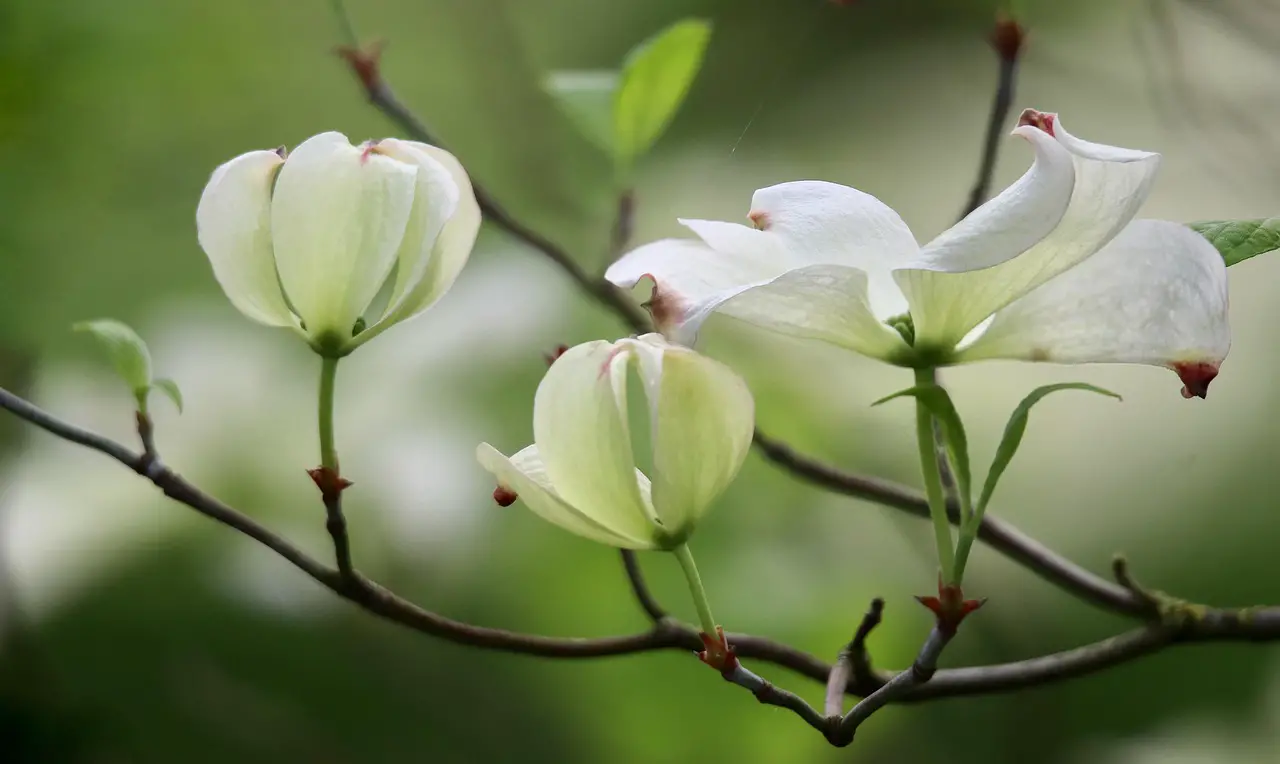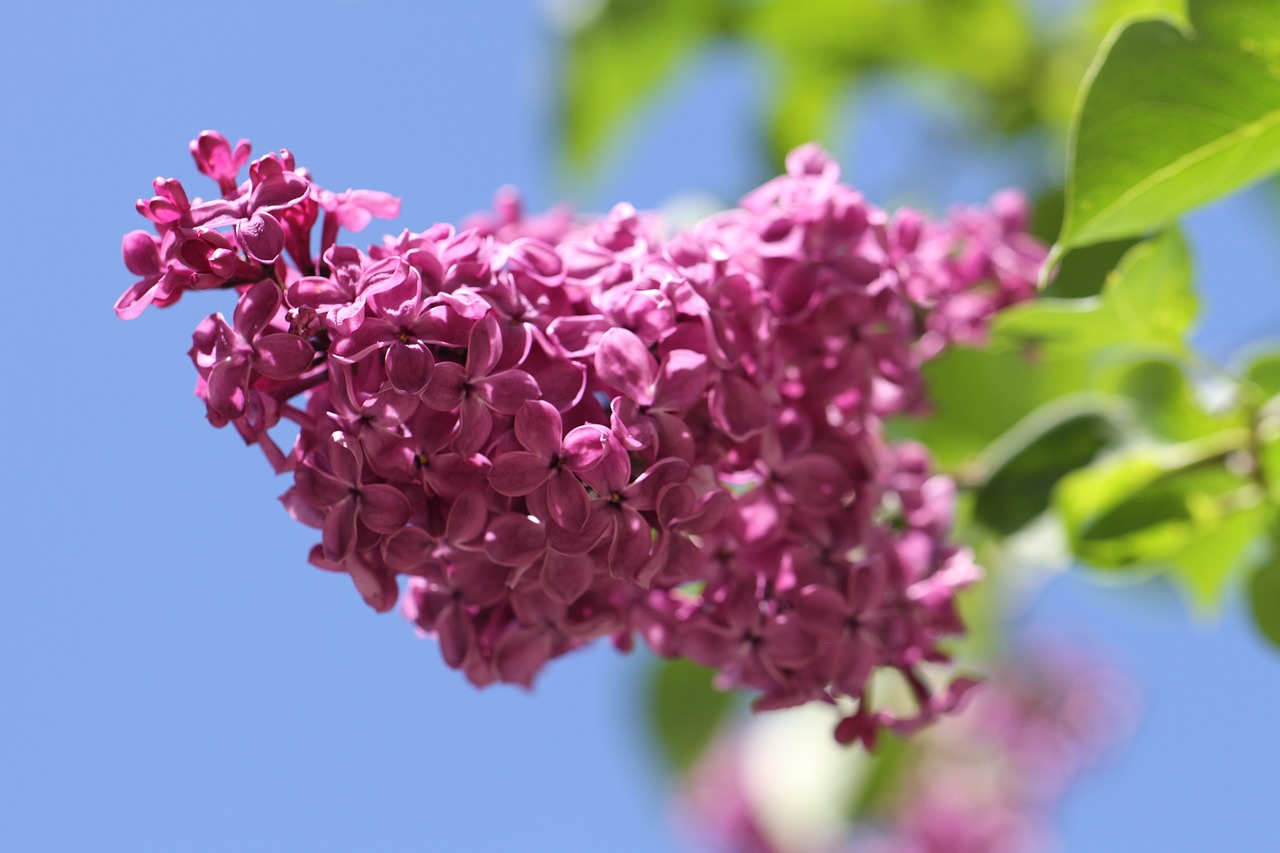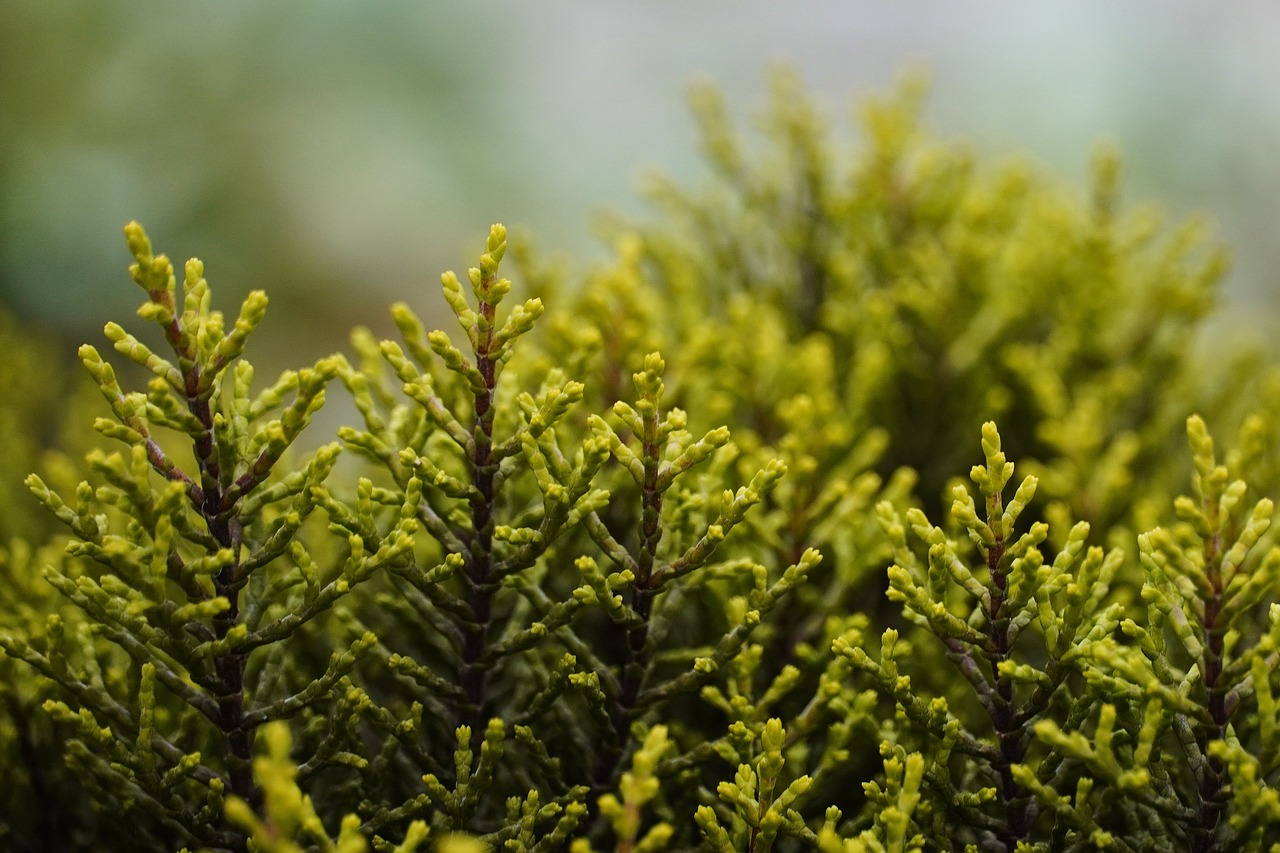Florida’s vibrant climate offers the perfect backdrop for a diverse array of flowering shrubs. These plants not only provide stunning visuals but also contribute significantly to the local ecosystem. With their ability to withstand heat and humidity, flowering shrubs are an ideal choice for gardeners looking to create beautiful landscapes while ensuring sustainability.
In Florida, the growing season is long and filled with sunlight. This allows many flowering shrubs to thrive and produce dazzling blooms throughout the year. As a result, gardeners can enjoy a continuous display of color in their yards. Additionally, many of these shrubs attract pollinators, such as bees and butterflies, making them an essential part of the state’s biodiversity.

When selecting flowering shrubs for your garden, it is important to consider factors like water needs, soil type, and sun exposure. Florida’s sandy soils and varying levels of rainfall mean that some shrubs will perform better than others depending on their specific requirements. Below is a table highlighting some key characteristics of popular flowering shrubs suitable for Florida gardens.
| Shrub Name | Bloom Color | Sun Exposure | Water Needs |
|---|---|---|---|
| Hibiscus | Red, Pink, Yellow | Full Sun | Moderate |
| Oleander | Pink, White, Yellow | Full Sun | Low |
| Gardenia | White | Partial Shade | Moderate |
| Azalea | Pink, White, Purple | Partial Shade | Moderate |
| Plumbago | Blue, White | Full Sun | Moderate |
Popular Flowering Shrubs for Florida Gardens
Among the myriad options available, several flowering shrubs stand out due to their resilience and beauty. The hibiscus is a favorite among Floridians. Known for its large, showy flowers, this shrub can add a tropical touch to any garden. It thrives in full sun and produces blooms in various colors.
The oleander is another popular choice, particularly valued for its drought tolerance. It can handle the Florida heat exceptionally well and blooms profusely throughout the summer months. However, it is important to note that oleander is toxic if ingested, so caution is advised when planting it in areas accessible to pets or children.
If you are seeking fragrant blooms, consider adding gardenias to your landscape. Their creamy white flowers emit a sweet aroma that can enhance the atmosphere of any garden. Gardenias prefer partial shade and require regular watering to flourish.
Azaleas are classic shrubs that provide a stunning spring display. Blooming in shades of pink, white, and purple, azaleas thrive in partial shade and need moderate watering. They are often used in foundation plantings or as borders due to their compact size and colorful flowers.
Plumbago is another excellent choice for gardeners looking for vibrant blue flowers. This shrub thrives in full sun and can be used as a ground cover or as a focal point in garden beds. Its ability to bloom continuously throughout the growing season makes it a standout option.
With such a wide variety of flowering shrubs available, Florida gardeners have the opportunity to create unique and colorful landscapes. Choosing the right plants ensures not only beauty but also adaptability to the state’s challenging climate conditions.
Choosing the Right Location for Flowering Shrubs
When planning your garden, the location of your flowering shrubs plays a crucial role in their success. Understanding the microclimate of your yard can significantly impact the growth and health of these plants. Here are some important factors to consider:
- Sunlight: Most flowering shrubs thrive in full sun, which typically means 6 to 8 hours of direct sunlight each day. However, some plants prefer partial shade, so it’s essential to research the specific needs of your chosen varieties.
- Soil Type: Florida’s sandy soils can vary in nutrient content. Conducting a soil test can help you determine the pH and nutrient levels, allowing for necessary amendments to support healthy growth.
- Drainage: Good drainage is key for flowering shrubs to prevent root rot. Ensure that the planting area does not retain excessive water after heavy rains.
- Wind Protection: Some flowering shrubs may require protection from strong winds. Consider planting them near structures or other plants that can provide a windbreak.
Soil Preparation for Flowering Shrubs
Proper soil preparation is essential for establishing healthy flowering shrubs. The following steps can help you create an optimal growing environment:
- Clear the Area: Remove any weeds, grass, or debris from the planting site. This helps reduce competition for nutrients and water.
- Till the Soil: Loosen the soil using a shovel or tiller to improve aeration and drainage. This also encourages deeper root growth.
- Add Organic Matter: Incorporate compost or well-rotted manure into the soil to enhance fertility and structure. This helps retain moisture while providing essential nutrients.
- Test pH Levels: If necessary, adjust the soil pH based on the results of your soil test. Many flowering shrubs prefer slightly acidic to neutral soil (pH 6.0 to 7.0).
Watering Techniques for Flowering Shrubs

Watering is a vital aspect of care for flowering shrubs, especially in Florida’s warm climate. Here are some effective watering techniques:
- Deep Watering: It is better to water deeply and less frequently than to give shallow, frequent waterings. This encourages deep root development.
- Timing: Water early in the morning or late in the afternoon to minimize evaporation. Avoid watering during the hottest part of the day.
- Mulching: Apply a 2-3 inch layer of mulch around the base of the shrubs. Mulch helps retain moisture and regulate soil temperature.
- Irrigation Systems: Consider installing a drip irrigation system or soaker hoses, which deliver water directly to the roots and reduce water waste.
Pest and Disease Management
Flowering shrubs can be susceptible to various pests and diseases. Implementing preventive measures can help maintain plant health. Here are common pests and diseases to watch for:
- Aphids: These small insects suck sap from leaves and can cause wilting. Use insecticidal soap or neem oil for control.
- Spider Mites: These pests thrive in dry conditions and cause stippled leaves. Regular watering can help reduce their incidence.
- Mildew: Powdery mildew can affect some flowering shrubs in humid weather. Ensure adequate spacing between plants for air circulation.
- Caterpillars: Many caterpillars feed on leaves. Hand-picking or using organic pesticides can help manage them.
By carefully selecting the right location, preparing the soil, implementing effective watering techniques, and managing pests and diseases, you can ensure that your Florida flowering shrubs will thrive and beautify your landscape for years to come.

Seasonal Care for Flowering Shrubs

To keep flowering shrubs healthy and vibrant, seasonal care is essential. Each season brings unique challenges and opportunities for growth. Understanding how to care for these plants throughout the year will ensure they reach their full potential.
Spring Care
Spring is a critical time for flowering shrubs as they begin to emerge from dormancy. Here are some key tasks to focus on:
- Pruning: Early spring is an excellent time for pruning many flowering shrubs. Remove dead or damaged branches to encourage new growth. For shrubs that bloom on new wood, like hibiscus, pruning helps shape the plant and promote more blossoms.
- Fertilization: Apply a balanced, slow-release fertilizer at the beginning of the growing season. This provides essential nutrients that support healthy growth and abundant blooms.
- Mulching: Reapply mulch around the base of your shrubs. This helps retain moisture and suppress weeds as the weather warms up.
Summer Care
During the hot Florida summer, flowering shrubs require special attention to thrive. Here are some summer care tips:
- Watering: Monitor soil moisture closely. Water deeply and consistently, especially during dry spells. Early morning is the best time to water to minimize evaporation.
- Pest Monitoring: Keep an eye out for pests like aphids and spider mites that may become more active in warmer months. Regularly inspect leaves and stems for signs of infestations.
- Deadheading: Remove spent blooms from flowering shrubs to encourage further blooming and maintain a tidy appearance.
Fall Care
As temperatures begin to cool in the fall, it is time to prepare flowering shrubs for the winter months:
- Fertilization: Apply a balanced fertilizer again in early fall to help strengthen plants before the dormant season.
- Pruning: Light pruning can be performed after flowering has ceased. Remove any dead or unhealthy branches while being careful not to interfere with next year’s buds.
- Mulching: Add a thicker layer of mulch around the base of shrubs to protect roots from temperature fluctuations during winter.
winter Care
Although Florida winters are mild compared to northern climates, some care is still needed during this season:
- Watering: Continue to monitor moisture levels, especially during dry spells. Most shrubs require less water in winter but should not be allowed to dry out completely.
- Protection: For sensitive varieties, consider using frost cloths or mulch to protect against unexpected cold snaps.
- Pest Management: Inspect for any lingering pests, as some may remain active even in cooler weather. Treat any infestations promptly.
Companion Planting with Flowering Shrubs
Companion planting can enhance the beauty and health of your garden. Choosing compatible plants that thrive together promotes biodiversity and can deter pests naturally. Here are some excellent companions for Florida flowering shrubs:
- Lantana: This hardy plant attracts butterflies and works well alongside many flowering shrubs, enhancing their visual appeal.
- Citrus Trees: Citrus provides a lovely fragrance and can help attract pollinators when planted near flowering shrubs.
- Basil: Planting basil near flowering shrubs can deter pests while adding culinary value to your garden.
By implementing seasonal care routines and considering companion planting, you can create a thriving environment for your flowering shrubs. This approach not only enhances their beauty but also promotes overall garden health.
Integrating Flowering Shrubs into Your Landscape
Incorporating flowering shrubs into your landscape design can significantly enhance both aesthetic appeal and functional use of space. These plants can serve various purposes, from creating privacy screens to framing pathways and focal points in your garden. Below are some practical strategies for effectively integrating flowering shrubs into your outdoor spaces:
- Layering Plants: Use a layering approach by placing taller flowering shrubs at the back of borders and shorter varieties in front. This creates depth and visual interest.
- Creating Hedges: Planting flowering shrubs in a row can form a beautiful hedge that provides privacy and wind protection while adding color.
- Framing Entryways: Use flowering shrubs to frame entrances or pathways. This draws the eye and adds an inviting touch to your home.
- Mixing Textures: Combine flowering shrubs with different foliage plants, such as ferns or ornamental grasses, to create textural contrast and enhance the overall landscape design.
Additionally, consider the bloom times of various shrubs to ensure that there is always something flowering throughout the seasons. By selecting a mix of early, mid, and late-blooming varieties, you can maintain a vibrant garden year-round.
Environmental Benefits of Flowering Shrubs
Flowering shrubs offer more than just beauty; they also play a crucial role in the environment. Here are some notable benefits:
- Pollinator Support: Many flowering shrubs attract essential pollinators, such as bees and butterflies, which are vital for the ecosystem’s health.
- Habitat Creation: Flowering shrubs provide shelter and food for various wildlife, including birds and beneficial insects.
- Soil Improvement: The root systems of flowering shrubs can help prevent soil erosion and improve soil structure over time.
- Carbon Sequestration: Like all plants, flowering shrubs absorb carbon dioxide, helping to mitigate climate change effects.
By including flowering shrubs in your garden, you contribute positively to the environment while enhancing your landscape’s beauty.
Final Thoughts
Florida’s climate offers a unique opportunity to cultivate a wide variety of flowering shrubs that not only withstand heat but also provide stunning visual interest throughout the year. By selecting the right species, considering their growing conditions, and implementing proper care techniques, you can create a thriving garden that flourishes in Florida’s warm environment.
The integration of seasonal care practices ensures that your shrubs remain healthy and vibrant. Understanding their needs throughout the year will allow you to manage watering, pruning, and pest control effectively. Furthermore, companion planting can enhance both the growth and health of your flowering shrubs while contributing to a diverse ecosystem.
Ultimately, flowering shrubs are a fantastic addition to any Florida landscape. They offer beauty, functionality, and environmental benefits that enhance both your garden and the local ecosystem. Embrace the variety of options available and enjoy the splendor of blooms that truly beat the heat!
